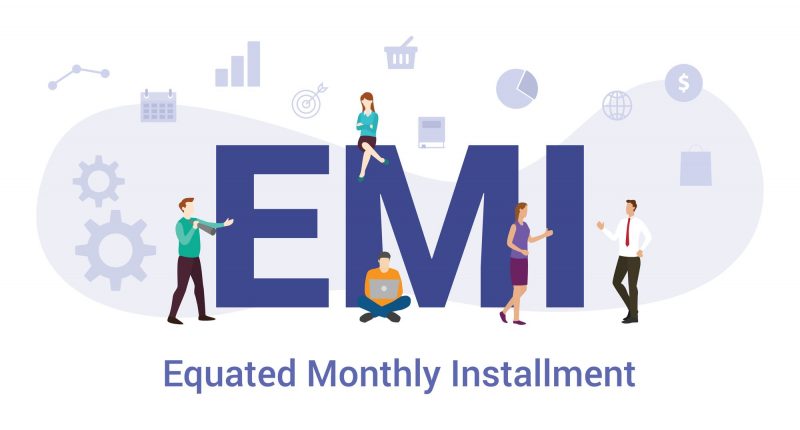With major private banks raising their marginal cost-based lending rates (MCLR), this adjustment may have an impact on equated monthly instalments (EMIs) for loans linked to MCLR, which is likely to rise.
The updated interest rates, a change effective from November 1, 2023, will have an influence on the benchmark one-year MCLR. This serves as the pricing reference for different consumer loans such as automobiles, personal expenses, and housing, among others.
Typically, MCLR is the minimum interest rate a financial institution is required to charge for a specific loan. It signifies the lower limit of the interest rate for a particular loan. Earlier, banks used base rates to determine the minimum lending rate for most loans.
The MCLR system replaced the base rate system in April 2016. The aim was to raise the effectiveness of monetary policy transmission and boost transparency in the interest rate-setting process.
As per the MCLR system, financial institutions are required to charge a minimum interest rate for specific loans, setting a lower limit for loan interest rates.
MCLR was introduced to address concerns related to the base rate regime and allowed borrowers, including home loan seekers, to benefit from rate cuts imposed by the Reserve Bank of India (RBI).
Significantly, a rise in the repo rate typically leads to a higher MCLR, resulting in higher lending rates.
Any change in MCLR tends to have an influence on the interest rate on loans associated with it. As a result, the EMI amount will either experience a rise or dip depending on the direction of the MCLR adjustment.
A reduced MCLR leads to decreased interest rates, which results in lower EMIs for borrowers. On the other hand, an elevated MCLR results in increased interest rates and higher EMIs for borrowers.
The Reserve Bank of India (RBI) governor Shaktikanta Das, in his last policy address, has highlighted that while the repo rates have been raised by 250 basis points (bps) so far, this raise has not been fully transmitted to bank lending and deposit rates, hinting at a possibility for a potential hike in lending rates.
The RBI monetary policy committee (MPC) maintained the status quo in the repo rate by keeping it unchanged at 6.5% for the fourth consecutive meeting in October 2023, with the last raise of 25 bps occurring in February 2023.

Rajiv is an independent editorial consultant for the last decade. Prior to this, he worked as a full-time journalist associated with various prominent print media houses. In his spare time, he loves to paint on canvas.





